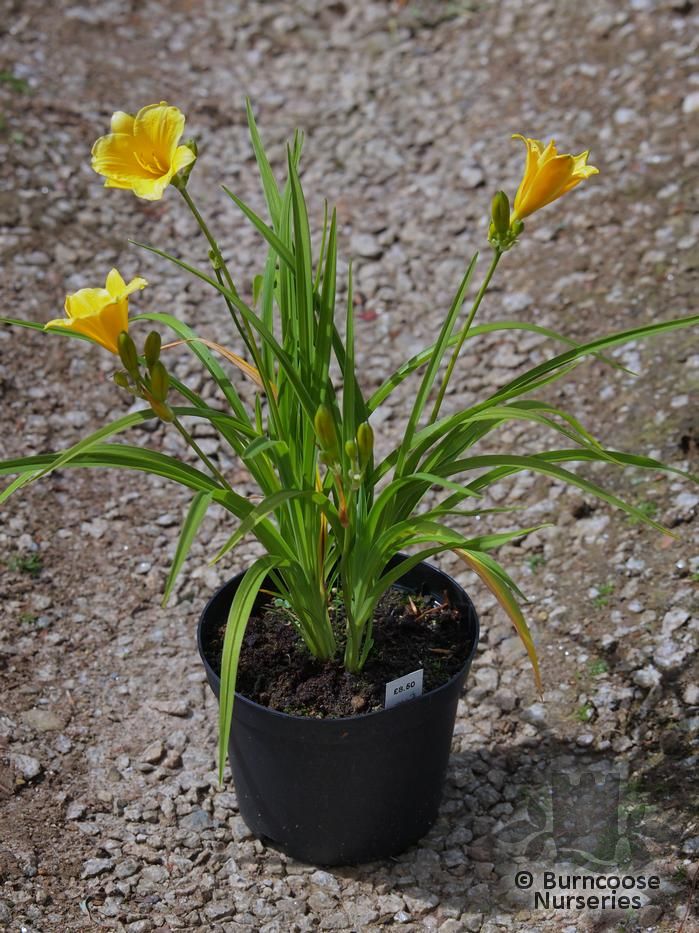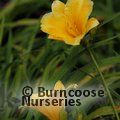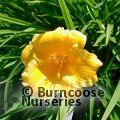Plants by mail order since 1984, over 4100 plants online today
Nursery & Gardens open: Mon - Sat 9.00 - 16.30 & Sun 10:00 - 16:00
Pop up café: Cafe Now Closed for Winter
- Shop Now
- Burncoose Specialities
- This Month
- Offers & Promotions
- RHS Chelsea Flower Show 2024
- 40 years at Burncoose
- Engage With Us
- Information, Help & Advice
- About Us & Our Services
- Terms & Conditions
- Log In / Register
HEMEROCALLIS 'Stella de Oro'
Commonly known as Daylily
Good yellow
Further Reading....
-
Evergreen
-
 Yellow
Yellow -
 Height30cm (12in)
Height30cm (12in) -
 Spread40cm (16in)
Spread40cm (16in) -
HerbaceousEarly in the year, typically January till end of March, herbaceous plants might be supplied in 9cm pots to ensure timely despatch.Clump forming perennial.
-
 Hardy - very cold winterHardy in all of UK and northern Europe. Plant can possibly withstand temperatures down to -20°C (-4°F)
Hardy - very cold winterHardy in all of UK and northern Europe. Plant can possibly withstand temperatures down to -20°C (-4°F) -
 Full sun
Full sun
HEMEROCALLIS 'Stella de Oro'
- Details
- Description
- Mature Size
- Tips and Advice
- Goes Well With
- Planting Combinations
- Other Suggestions
- See Also...
-
Additional Features
 Good to knowRemontant - flowering repeatedly during the season
Good to knowRemontant - flowering repeatedly during the season Pests & Diseaseshemerocallis gall midge, aphids, red spider mites, thrips, slugs, snails, rust.
Pests & Diseaseshemerocallis gall midge, aphids, red spider mites, thrips, slugs, snails, rust. Place of originChina, Korea, Japan.
Place of originChina, Korea, Japan. -
Flower ShapeStar-shaped6cm (2½in) across
-
Garden Location/ConditionsBorderSuits a mixed or herbaceous borderCottage gardenTown garden
-
HardinessFully hardy
-
Scented PlantsScented flowers
-
Seasonal InterestSummer
-
Soil ConditionsFertile moist well-drained soil
-
Toxic - Category B - CAUTION
 Toxic if eatenToxic to cats
Toxic if eatenToxic to cats -
WildlifeRabbit Resistant
Jan
Feb
Mar
Apr
May
Jun
Jul
Aug
Sep
Oct
Nov
Dec
Hemerocallis - Care Guide
- Caring for Hemerocallis – Daylily
- Deadheading daylillies - Video Tip ondemand_video
- Propagation by splitting or dividing - Video Tip ondemand_video
Herbaceous Plants - Video Collection
- Dividing Herbaceous Perennials - Video Tip ondemand_video
- Spring Planting Osteospermums - Video Tip ondemand_video
- Dividing Summer Perennials - Video Tip ondemand_video
- Dividing summer flowering Hemerocallis - Video Tip ondemand_video
- Summer propagation - Video Tip ondemand_video
- Self-seeding aquilegia - Video Tip ondemand_video
- Supporting Plants - Video Tip ondemand_video
- Dead heading meconopsis - Video Tip ondemand_video
- Dead heading Delphiniums - Video Tip ondemand_video
- Feeding herbaceous peonies - Video Tip ondemand_video
- Overpotting Problems - Video Tip ondemand_video
|
30cm (12in)
|
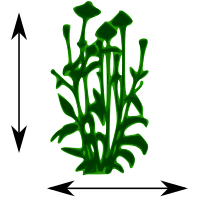
|

|
|
40cm (16in) |















ACHILLEA 'Moonshine'
Yarrow
Available from £12.50

ACTAEA racemosa 'Pink Spike'
Black cohosh, Black snakeroot
Available from £14.50

AGAPANTHUS
African blue lily, Lily-of-the-Nile, Love flower

AGAPANTHUS 'Navy Blue'
African blue lily, Lily-of-the-Nile, Love flower
Available from £15.00

ALLIUM
Onion

ALSTROEMERIA
Peruvian lily, St. Martin's flower

COREOPSIS grandiflora 'Sunray'
Tickseed
Available from £13.50

CROCOSMIA 'Lucifer'
Montbretia
Available from £13.50

GERANIUM 'Johnson's Blue'
Cranesbill
Available from £13.50

HEMEROCALLIS
Daylily

KNIPHOFIA
Red hot poker, Torch lily, Tritoma

KNIPHOFIA rooperi
Red hot poker, Torch lily
Available from £14.50

LIGULARIA dentata 'Desdemona'
Golden groundsel
Available from £13.50

MACLEAYA microcarpa 'Kelways Coral Plume'
Plume poppy
Available from £14.50

MONARDA 'Cambridge Scarlet'
Bergamot, Bee balm
Available from £13.50

OPHIOPOGON planiscapus 'Nigrescens'
Black lilyturf, Mondo grass
Available from £13.50

PERSICARIA amplexicaulis 'Blackfield'
Knotweed
Available from £13.50

PHLOX paniculata 'Border Gem'
Border phlox
Available from £12.50

ROMNEYA coulteri
Matilija poppy
Available from £25.00

STACHYS lanata 'Silver Carpet
Lambs' ear, Woolly betony
Available from £12.50
Useful extras...
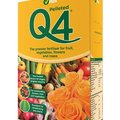
Fertilisers & Feeds - Vitax
Q4 Pelleted Fertiliser
A useful fertiliser suitable for use on a wide variety of plants. Q4 provides all the nutrients and trace elements essential for vigorous growth, abundant flowering and ripening of fruit.
3 options from £6.00
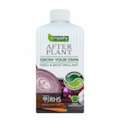
Fertilisers & Feeds - Empathy
Afterplant - Grow Your Own
AFTER PLANT GROW YOUR OWN seaweed is ready to use liquid concentrate that was specially formulated be used on all edible plants.
Only £8.00
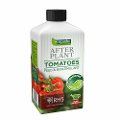
Fertilisers & Feeds - Empathy
Afterplant - Tomatoes
AFTER PLANT TOMATO FEED Liquid Concentrate with Bio stimulant is a high potash liquid concentrate containing seaweed extract, plant derived amino acids and other nutrients specifically formulated to benefit tomatoes and greenhouse plants.
Only £8.00
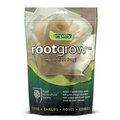
Fertilisers & Feeds - Empathy
Rootgrow mycorrhizal fungi
Recommended by the RHS. Contains Rootgrow™ mycorrhizal fungi. Suitable for all trees and shrubs (except rhododendrons, azaleas, heathers, cranberries and blueberries)
3 options from £3.00
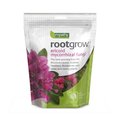
Fertilisers & Feeds - Empathy
Rootgrow Ericoid mycorrhizal fungi
This specially adapted Rootgrow™ mycorrhizal fungi will boost the growth of acid-loving plants like rhododendrons, azaleas, heathers and blueberries.
It contains ericoid and arbuscular mycorrhizal fungi, which are found in poor acidic soils where ericaceous plants naturally grow.
Only £7.50
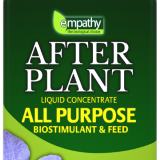
Fertilisers & Feeds - Empathy
All-purpose Seaweed Stimulant
All-purpose organic concentrated seaweed feed that is a ready to use, derived from sustainable harvested kelp, that can be used on all outdoor and indoor plants, except acid loving plants.
Perfect used in conjunction with Rootgrow™.
Only £7.50


